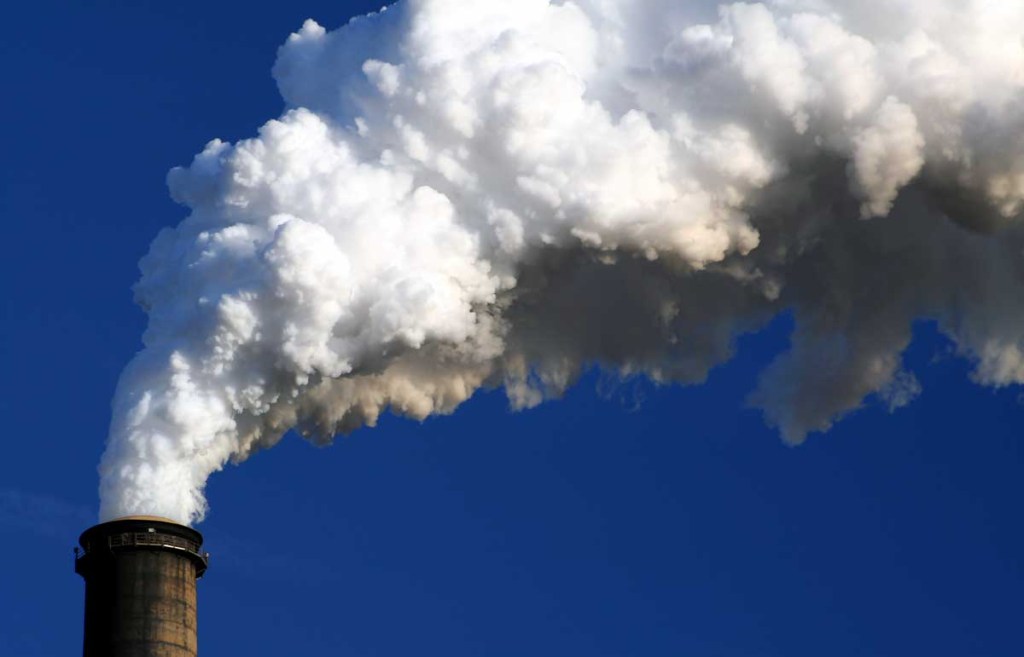Environmentalists fear dire results from EPA budget cuts
Published 5:04 pm Tuesday, May 23, 2017

- MorgueFile
WASHINGTON — An association of state and local environment agencies, bolstered by former EPA officials, said Tuesday President Trump’s plan to slash environmental spending will cripple their ability to enforce clean air and water regulations across America.
If approved by Congress, they predicted, more people would get sick or even die.
Trump’s formal budget, released earlier in the day, cuts Environmental Protection Agency spending 31 percent by taking aim at climate change and enforcement programs and eliminating 3,200 agency jobs.
Other domestic agencies experienced deep cuts in line with the president’s plan to increase funding for national security and eliminate the nation’s annual deficit over the next decade.
But his budget hit the EPA hardest. He said the agency had overzealously pursued environmental regulations, burdening the government with significant costs “without justifiable environmental benefits.”
In proposing to cut the EPA’s $8.2 billion annual budget by nearly one-third, Trump included an assortment of funding reductions to local agencies, including the elimination of $300 million annually to clean up the Great Lakes.
He also proposed slashing federal funds to help schools detect and eliminate radon, the nation’s second leading cause of lung cancer, said Mary Gade, a former EPA administrator under President George. W. Bush.
“I can predict with certainty there will be many more people dying prematurely and thousand more getting sick unnecessarily” if the Trump proposals take effect, said Bill Becker, executive director of the National Association of Clean Air Agencies at a Washington press conference.
Of particular concern to the association, which represents 40 states and 116 local governments, is Trump’s proposed 30 percent cut in grants to local agencies.
Becker said loss of funding puts the agencies in the untenable position of not being able to discharge federal requirements to monitor air and water quality and enforce environmental regulations.
As a result, he added, they could be penalized with the loss of federal highway or other grants, and brought under control of federal oversight.
“Our responsibilities don’t go away even if we don’t have the funding,” said Becker. “We will get sanctioned, and the sanctions are harsh and mandatory.”
The cuts to local governments — from $227.7 million this fiscal year to $159.4 million for next year — means “fewer people will be working on these issues, less monitoring to let people know if the air people are breaking is clean or not,” and fewer inspections to make sure companies are complying with laws, said Becker.
To Trump and some long-time critics of the EPA in Congress like Sen. James Inhofe, R-Okla., taking an ax to the EPA is seen as necessary to restraining the agency.
Inhofe, who famously tossed a snowball on the Senate floor two years ago to show skepticism over global warming, praised Trump in a statement for taking “a strong stance against over regulation at the hands of Washington bureaucrats.”
He said the budget proposal would “right-size” what he called “one of, if not the most, of bloated federal agencies” in the government.
Democrats strongly criticized the budget reductions. Pennsylvania Gov. Tom Wolf, in an email, called them “reckless,” saying they’d “significantly hamper Pennsylvania’s economic growth, quality of life and ability to protect our air and water.”
Sen. Ed Markey, D-Mass., a member of the Senate Environment Committee, said Trump’s plan amounted to “an all-out assault on our environment, making it harder for states and municipalities to keep our air and water clean, clean up toxic waste sites, and combat climate change.”
The proposal to eliminate the $300 million annual program to clean up the Great Lakes caused special concern among bordering states.
The program has spent $2.2 billion since its creation in 2009 to remove toxins from the five lakes, fight invasive species, preserve natural habit and otherwise improve the quality of the five freshwater lakes.
According to its website, the initiative in the past five years has cleaned up enough contaminants to remove five bodies of water, including Ohio’s Ashtabula River, from being classified as an “area of concern.”
The initiative was planning to work on 10 other areas over the next five years: the Buffalo, Clinton, Grand Calumet, Manistique, Menominee, St. Clair, St. Mary’s and Raisin rivers, Muskegon Lake, and the Rochester Embayment.
Trump, in his March budget outline, said the program was being cut to turn over “responsibility for funding local environmental efforts and programs to state and local entities, allowing EPA to focus on its highest national priorities.”
Sen. Sherrod Brown, D-Ohio., criticized that approach is misguided. He said the region had made great strides under EPA funding to clean up the lakes.
“As a kid, I can remember how polluted Lake Erie was,” he said. “Taking a blow torch to the Great Lakes Restoration Initiative could cost Ohio jobs that rely on the lake, and jeopardize public health by putting our drinking water at risk. “
Contact CNHI Washington reporter Kery Murakami at kmurakami@cnhi.com.




